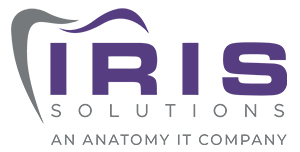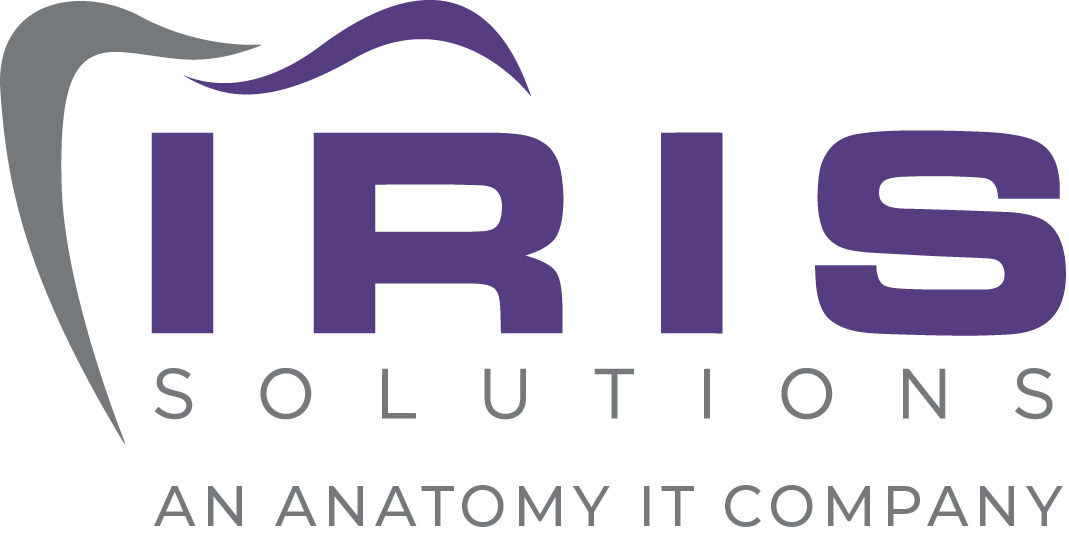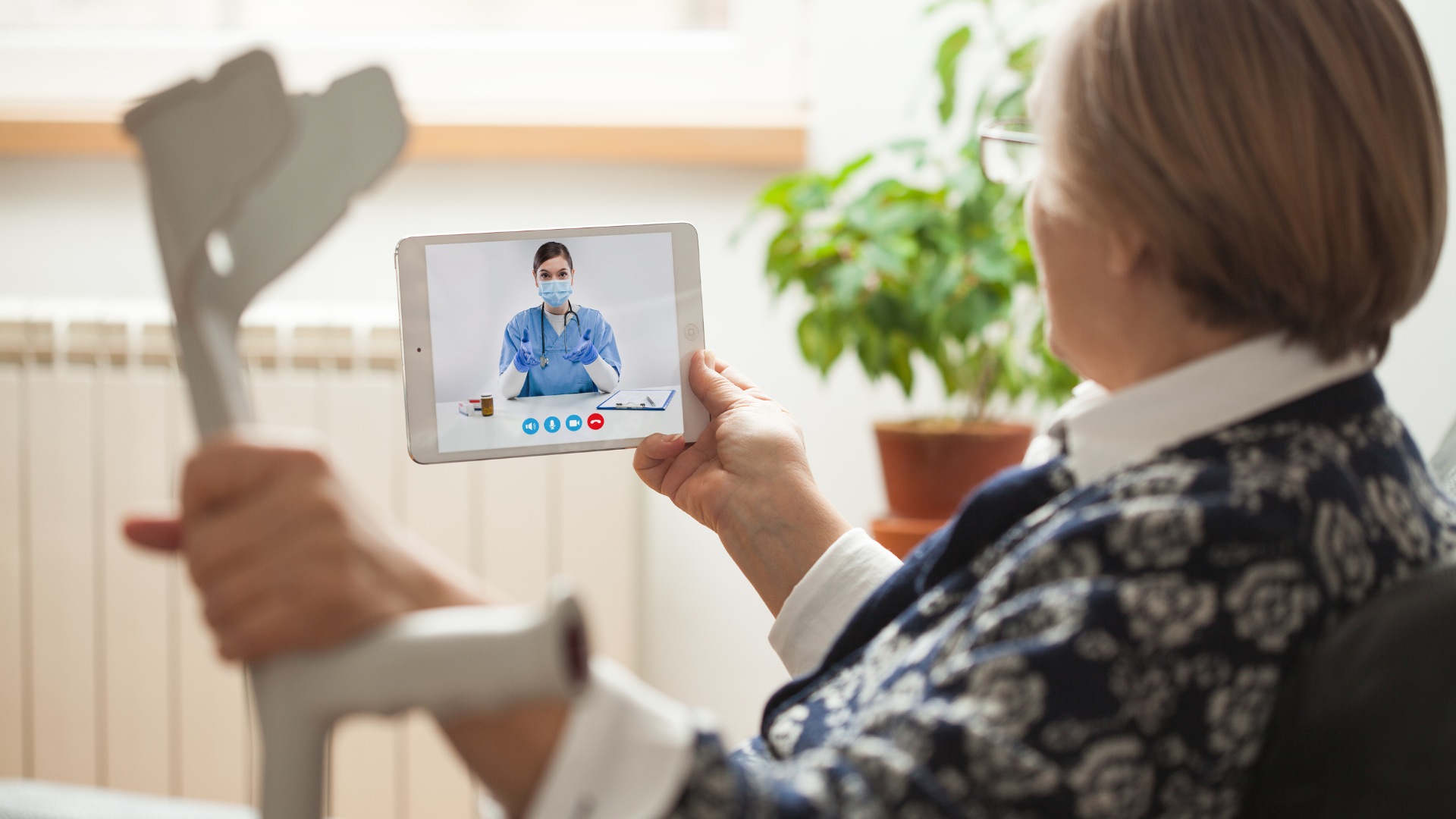Teledentistry: A Frontier of Opportunity
Teledentistry can provide advantages to dental offices and communities after COVID-19 by reducing costs on all fronts and expanding access to care providers.
Teledentistry is a virtual form of communication through which dentists can deliver education, consultations, early diagnosis, image evaluation, and more. Dentists can communicate and connect with patients beyond office walls by utilizing teledentistry technologies. Both during the COVID era and after, dentists can break down barriers to care by seeing patients where they are, without a need for physical proximity. That being said, for many dental practices, teledentistry is uncharted territory. Here are some items you should be aware of as your practice navigates, or considers navigating, expanding to teledentistry:
Applications
During the pandemic, while many dental practices were mandated for closure, some practices took this as an opportunity to embrace teledentistry and offer support and education virtually. School-based programs, rural areas, and long-term care facilities present the greatest opportunity areas for the impact of teledentistry.
Growth Opportunities
- • The American Telemedicine Association reports 70% of patients are comfortable communicating via modern forms of communication – email, text, video – in place of seeing their health care providers in person.
- • 20% of Americans live in rural regions with less access to dental care, meaning teledentistry can provide crucial support in areas previously unreachable.
- • The ATA reports telehealth communication will increase from 250,000 to 3.2 million in five years (’13-’18)
Regulations
Implementing teledentistry software will have regulations, requirements, and procedure limitations, so be sure to discuss this with your software company and malpractice carrier. For example, if you are providing care to patients in other states, ensure that you hold the proper licenses. Some states offer an expedited licensure process for these use cases. The Center for Connected Health Policy is a great resource for state-specific telehealth policy information. Teledentistry software is typically compatible with any device – including smartphones, tablets, and computers. This way, a dentist has access to patients at any time providing a convenience and service some offices may still not offer.
If you would like to learn more about teledentistry, please reach out to success@irissol.com or ask about it during your next technical business review with the customer success team.


